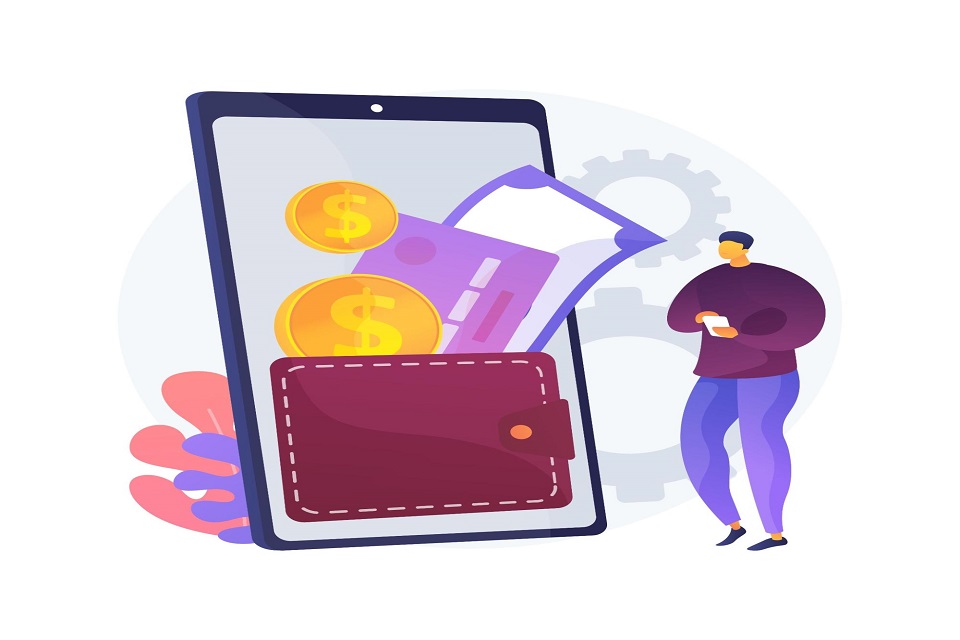
In the ever-evolving world of blockchain technology, scalability and transaction efficiency have been ongoing challenges that limit the adoption of decentralized networks. Traditional blockchain models, such as Bitcoin and Ethereum, handle transactions in a linear chain format, which, while secure, struggles to process large volumes of data efficiently. This is where BlockDAG (Block Directed Acyclic Graph) comes into play. BlockDAG is an innovative solution to these scalability issues, offering parallel transaction processing that significantly improves scalability, reduces transaction costs, and enhances overall efficiency. This article delves into the key features of BlockDAG, how it works, its potential use cases, and its future impact on the blockchain space.
Understanding BlockDAG
BlockDAG is a revolutionary data structure designed to address the limitations of traditional blockchain models. Unlike traditional blockchains, which are sequential and linear, BlockDAG organizes transactions into a directed acyclic graph, allowing multiple blocks to be added simultaneously. This enables faster transaction processing, greater scalability, and reduced congestion within the network. With the ability to validate transactions concurrently, BlockDAG provides a solution to the bottlenecks that are common in traditional blockchains. As a result, it holds great promise in powering more efficient decentralized applications, cryptocurrencies, and platforms.
How BlockDAG Works?
BlockDAG operates on a graph-based structure rather than a sequential chain of blocks. Below are the key aspects of how it works:
- Graph-Based Structure: Instead of a linear sequence, BlockDAG uses a directed acyclic graph, allowing multiple blocks to reference multiple preceding blocks.
- Parallel Transaction Processing: Blocks are processed in parallel, eliminating the bottlenecks experienced in traditional blockchain systems.
- Faster Transactions: With no need to wait for previous blocks to be validated, new blocks can be added simultaneously, boosting the overall scalability and efficiency of the system.
Use Cases Of BlockDAG Technology
Several cryptocurrency projects and decentralized platforms are integrating BlockDAG technology. Some of the most notable include:
- IOTA: Known for its Tangle network, IOTA uses BlockDAG to process transactions without the need for miners, making it highly energy-efficient.
- Hedera Hashgraph: Hedera uses a variation of BlockDAG that offers fast and secure transaction processing, ideal for enterprise applications.
- Nano: This cryptocurrency leverages BlockDAG to provide low-latency, fee-less transactions, ensuring fast confirmation times even during network congestion.
How BlockDAG Is Different From Blockchain?
| Feature | Blockchain | BlockDAG |
| Transaction Structure | Transactions are added sequentially in blocks | Transactions are added simultaneously in a directed acyclic graph (DAG) |
| Block Reference | Each block references the previous block | Blocks can reference multiple preceding blocks |
| Scalability | Limited scalability due to sequential processing | Higher scalability with parallel processing of blocks |
| Transaction Processing Speed | Slower processing times due to linear chain format | Faster processing times due to simultaneous block additions |
| Transaction Volume | Struggles with handling high transaction volumes | Handles more transactions concurrently |
| Network Congestion | Susceptible to congestion as transaction volume grows | Less prone to congestion due to parallel transaction processing |
Advantages Of BlockDAG Technology
- Increased Scalability: One of the primary advantages of BlockDAG is its ability to scale efficiently. As transaction volume grows, traditional blockchain systems often experience delays, leading to slower processing times and higher fees. BlockDAG allows for the simultaneous processing of multiple blocks, ensuring that scalability is maintained even under heavy load.
- Lower Transaction Fees: The ability to process transactions faster reduces network congestion, which leads to lower transaction fees. This is especially advantageous for decentralized applications (dApps) and microtransactions, where fees can be a significant barrier.
- Enhanced Security: The decentralized nature and complex structure of BlockDAG systems make it more secure than traditional blockchain systems. The interwoven connections between blocks make it harder for malicious actors to alter past transactions.
- Faster Transaction Confirmation: With parallel processing, BlockDAG significantly reduces transaction confirmation times. This is particularly useful in real-time applications like payments and gaming, where speed is a crucial factor.
Drawbacks Of BlockDAG
Despite its many benefits, BlockDAG comes with some challenges:
- Complexity: The underlying structure of BlockDAG is more intricate than traditional blockchains. This complexity can make implementation and understanding difficult for developers familiar with blockchain technology. Additionally, specialized consensus algorithms are needed, complicating the development process.
- Adoption: Although BlockDAG offers notable improvements, its adoption has been slower compared to established blockchain systems like Bitcoin and Ethereum, which have larger user bases and ecosystems.
BlockDAG Coin
Several cryptocurrencies utilize BlockDAG technology, each with its own coin:
- IOTA (MIOTA): A well-known cryptocurrency that uses BlockDAG for transaction processing.
- Hedera Hashgraph (HBAR): A cryptocurrency that leverages BlockDAG to offer fast, secure, and fair transactions.
- Nano (XNO): Focused on fee-less and fast transactions, Nano uses BlockDAG to achieve low-latency processing.
BlockDAG Live Price
To stay updated on BlockDAG’s market value, you can track the real-time price data on cryptocurrency tracking platforms like CoinMarketCap or CoinGecko.
Future Of BlockDAG Technology
BlockDAG has the potential to revolutionize the blockchain industry. With its ability to scale efficiently, reduce transaction fees, and provide faster transaction processing, BlockDAG is well-positioned to play a key role in powering applications in fields such as IoT, real-time payments, and decentralized finance (DeFi). As adoption grows and more projects integrate BlockDAG, it could drive the next wave of blockchain innovation.
Conclusion
In conclusion, BlockDAG represents a promising advancement in blockchain technology, addressing many of the limitations of conventional blockchains. With its enhanced scalability, reduced transaction fees, and faster processing times, BlockDAG has the potential to reshape the future of decentralized networks. Despite some hurdles related to complexity and adoption, BlockDAG’s integration into major cryptocurrency projects signals a bright future for the technology.
FAQs
What makes BlockDAG different from traditional blockchain?
BlockDAG allows for parallel transaction processing, unlike traditional blockchain, which processes transactions in a sequential manner. This leads to higher scalability and faster transaction confirmation.
Is BlockDAG secure?
Yes, BlockDAG systems tend to be more secure than traditional blockchains due to their decentralized nature and complex structure, which makes it harder for malicious actors to manipulate past transactions.
Can BlockDAG eliminate transaction fees?
While BlockDAG can significantly reduce transaction fees, it does not necessarily eliminate them entirely. However, it offers a more cost-effective solution compared to traditional blockchain systems.




